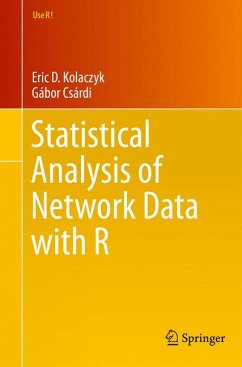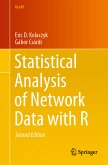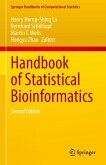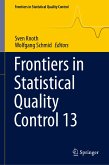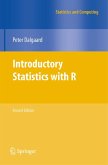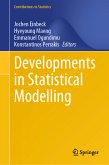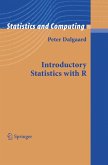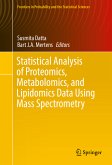Networks have permeated everyday life through everyday realities like the Internet, social networks, and viral marketing. As such, network analysis is an important growth area in the quantitative sciences, with roots in social network analysis going back to the 1930s and graph theory going back centuries. Measurement and analysis are integral components of network research. As a result, statistical methods play a critical role in network analysis. This book is the first of its kind in network research. It can be used as a stand-alone resource in which multiple R packages are used to illustrate how to conduct a wide range of network analyses, from basic manipulation and visualization, to summary and characterization, to modeling of network data. The central package is igraph, which provides extensive capabilities for studying network graphs in R. This text builds on Eric D. Kolaczyk's book Statistical Analysis of Network Data (Springer, 2009).
Dieser Download kann aus rechtlichen Gründen nur mit Rechnungsadresse in A, B, BG, CY, CZ, D, DK, EW, E, FIN, F, GR, HR, H, IRL, I, LT, L, LR, M, NL, PL, P, R, S, SLO, SK ausgeliefert werden.

